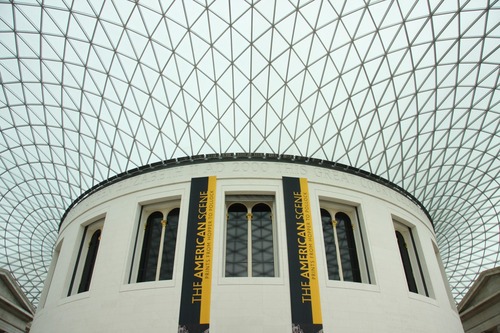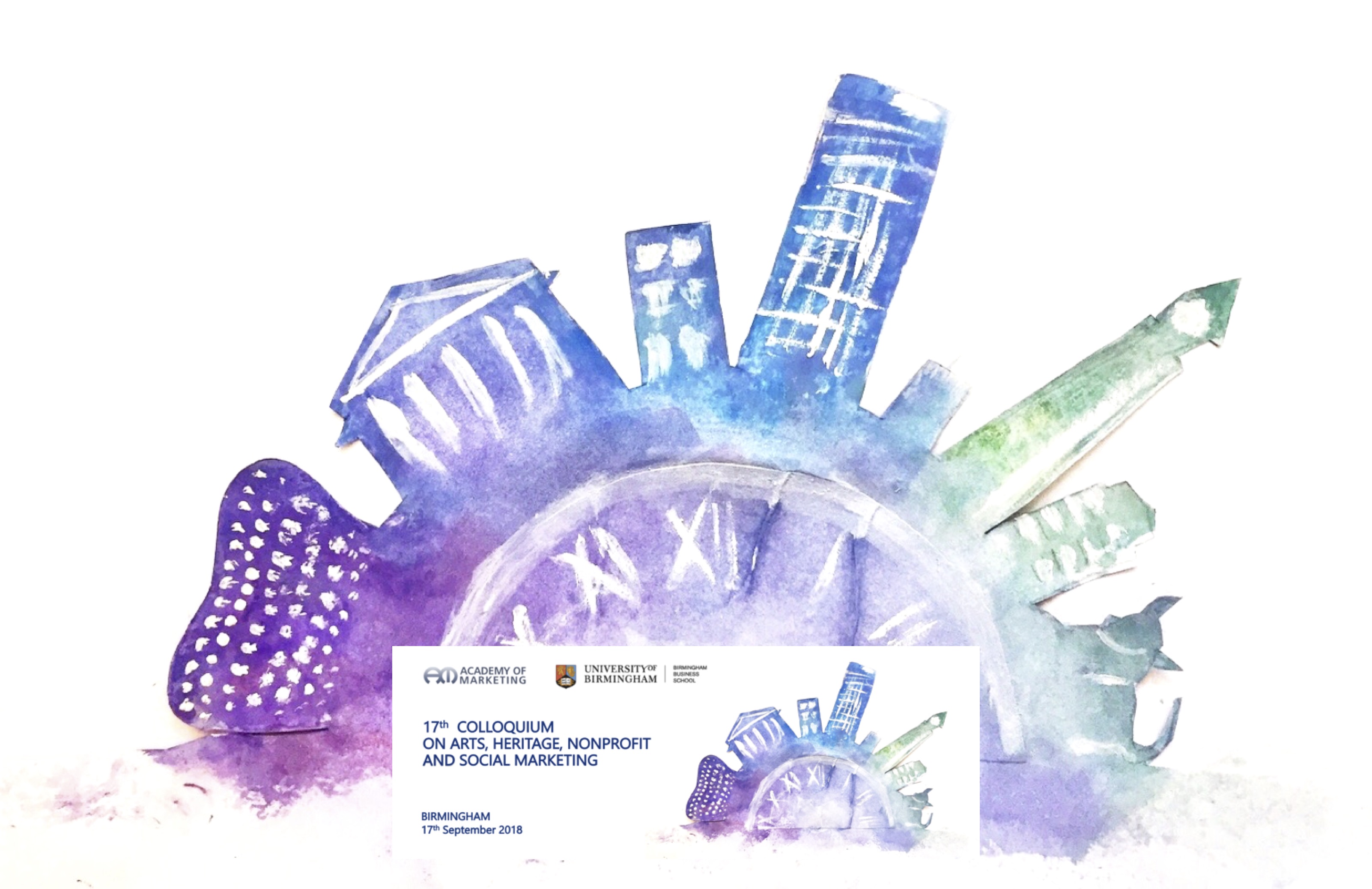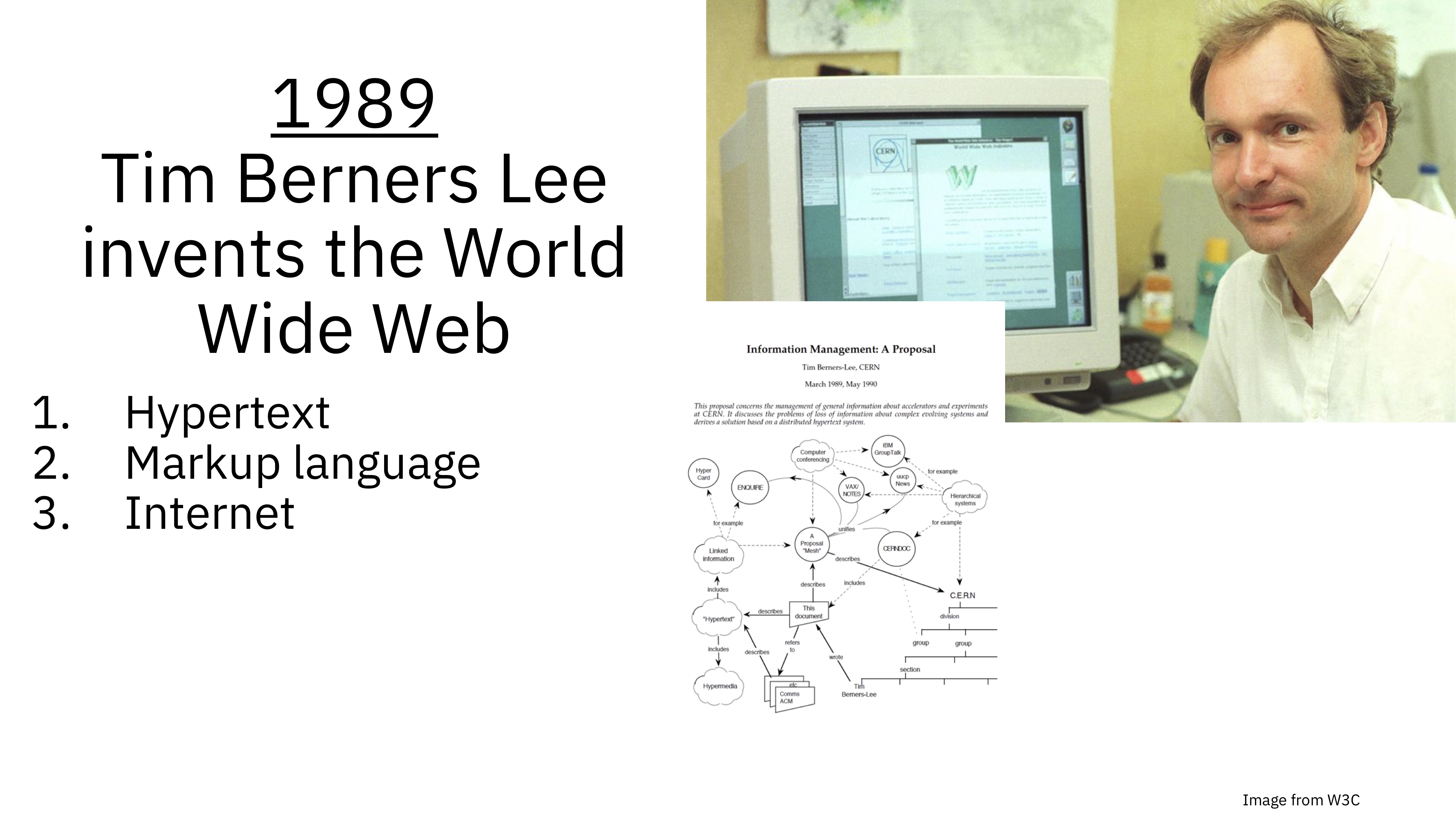
Anyone following the current Web3/cryptocurrency/NFT debate will know that last week 26 computer scientists, software engineers and technologists ‘penned’ a letter to various U.S. Congressional leaders warning them of the risks of a “technology that is not built for purpose and will remain forever unsuitable as a foundation for large-scale economic activity”.
The letter urged the recipients to “resist pressure from digital asset industry financiers, lobbyists, and boosters” and to take an approach that ensures “the technology is deployed in genuine service to the needs of ordinary citizens”.
This is quite an explosive claim and one that has, not unexpectedly, drawn the fire (and the ire) of the Web3 diehards. Some of the less inflammatory comments include:
- Their professional work has nothing to do with cryptocurrencies, blockchain or finance so so I’m not seeing why they’re a signatory.
- They don’t even have real tech experts they are a joke. Much like… who claims to be a “software engineer” but is spreading an insane amount of disinformation.
- Many liars like you… making “assumptions” and “guesses” on something you just don’t understand at all.
- … doesn’t want us all to know what a clown they are.
- Why don’t you setup a debate and make your points with crypto community.. instead of blatantly spreading half-truths about crypto and their use cases. It’s such a shame that instead of becoming a topic of discussion, you guys want to turn it into us vs them.
Whilst I don’t claim to have the tech credentials of the group who signed this letter, as a former software engineer and software architect with some experience of permissioned blockchains (in a previous life I worked with Hyperledger Fabric) as well as a healthy interest in “responsible tech”, I do feel duty-bound to weigh in here.
First off I absolutely applaud the intent of this letter. I especially agree with “Not all innovation is unqualifiedly good; not everything that we can build should be built”. As a long time advocate (and practitioner) of teaching ethics as part of technology courses I truly believe that all technologists should at least have a basic understanding of value-sensitive design when building new products and services; especially those that have a large software component (and what doesn’t these days).
I also agree with the statement that a blockchain based Web3 is very much a “solution in search of a problem”. To understand why this is the case consider the origins of Bitcoin, still the dominant and arguably most successful use of blockchain to date. Bitcoin was launched in 2008 at the height of the financial crisis with the intent of being “a purely peer-to-peer version of electronic cash [that] would allow online payments to be sent directly from one party to another without going through a financial institution”. In other words, the use case for Bitcoin was to do away with banks and other financial institutions. Given the historical context of the time this may have seemed like a ‘good thing’ however the underlying intent was really to remove the trust that those failing institutions were meant to provide by encoding it in software instead. But is throwing tech at what is basically human and/or systemic failure a good thing and ever going to work out well? As Bruce Schneier (one of the signatories to the letter) says “What blockchain does is shift some of the trust in people and institutions to trust in technology. You need to trust the cryptography, the protocols, the software, the computers and the network”.
Put another way, is building (or trying to) systems that negate the need for trust in human interactions the correct and ethical thing to do? When we try to use technology to patch-up business, regulatory and societal problems then surely our moral compass has become seriously damaged. Yes, it’s a problem but I am not convinced the solution is a read-only, immutable ledger with smart contracts having the final say in what can and cannot be added to the ledger. Maybe the greed and immoral behaviour of the banks is what should really be addressed?
Web3 is sometimes erroneously referred to as the “new Internet” when it is, at best, an iteration of the current Internets application layer adding features such as immutability, decentralisation and smart contracts into the mix. Web3 advocates claim this will lead to a new nirvana that will finally allow content creators to break free from the chains of the Web 2.0 social networks allowing everyone to be recompensed for their work and their art in tokens or cryptocurrencies. For those less enthusiastic, Web3 is a techno-libertarians wet dream which will be no more decentralised, community-driven, secure, and private than anything else that is VC funded.
Whilst it is now de facto the case that Webs 1 and 2 are more or less entirely controlled by a few gatekeeper companies (Google, Facebook, Amazon, Netflix et al) we need to ask who owns or builds the infrastructure that Web3 will depend on and how are these current gatekeepers somehow suddenly going to disappear? Someone still has to build the servers and the chips that go in them, the routers, firewalls and networks that allow the servers to talk to each other and write and operate the software that glues all this hardware together. Is all of this is just going to disappear in Web3 or become open source? No, like it or not, it is going to continue to be controlled by the same large corporations. In addition we are also going to get the new Web3 corporations that are being formed right now by the likes of Jack Dorsey, Balaji Srinavasan, Peter Thiel and Marc Andreessen who are all pumping their millions into this utopianist scheme. They are seeking to control and own Web3, just as they came to own its predecessors and don’t really care who is going to get hurt in the process.
The notion that in Web 3, users and builders alike can earn money and make a good living is pure fantasy. Sure, there are a few well publicised cases of people selling art work as NFTs but these are either established artists who have large followings already or part of elaborate whitewashing schemes that help the already-rich and well-connected (mostly white male collectors collecting other white men) to profit, thus serving as nothing more than a speculative finance instrument that will ultimately crash and burn like all other Ponzi schemes.
We should all be concerned when a small (relatively speaking) group of people are dictating what our society will be like without the majority either understanding or, even worse, caring? A bit like some of the side effects of the web, we’ll only realise when it’s too late (yes, I’m looking at you Facebook/Meta).
But, back to that letter. Although I agree wholeheartedly with its intent what I doubt is the ability of those who it has been sent to in actually being able to do anything about the problem. The letter implores the (US) leaders to “take a truly responsible approach to technological innovation” but is this really going to cut the mustard? After all these same leaders cannot even control guns in their own country so what chance is there in controlling a technology that I imagine most have little or no understanding of?
Further, even if something could be done in the US what chance for the rest of the world? After all, blockchains are hardly just a US phenomenon. The tech hegemony enjoyed by the US is ending and the likes of China and Russia are equally capable of building blockchains. Whilst I agree that we do indeed need to “act now” to protect ourselves this needs to be at a global, not just a US, level. Responsible technologists all over the world need to be highlighting the negative impacts of permissionless blockchains and not just guiding their leaders in how to deal with them but explaining to everyone else what the potential downsides of such technology could be.
In 1939 the scientist Albert Einstein wrote to President Roosevelt warning him of a different technology issue, that of nuclear fission and the fact that Germany may be working on a new weapon that utilised this, the atom bomb. This letter led to the US creating the Manhattan Project which resulted in it developing its own bomb. As we now know the final result of that letter was not great in that it led to the US detonating two such bombs over Hiroshima and Nagasaki in Japan.
In 1939 when Einstein wrote his letter the US had both the power and the money to go it alone in addressing that particular issue. In today’s interconnected world where America’s power is on the wane that is no longer possible. What is needed instead is a global initiative whereby new technologies that could fundamentally reshape our world in a negative way are thoroughly vetted and assessed before they are released on its unsuspecting citizens for it is they, not the VC’s who can afford to splash their billions on these high-risk ventures, who will be the ultimate losers.
So what would I actually do? Three things.
- Tech leaders around the world should lobby their political representatives on the potential dangers of Web3 if left to market forces and technologists to design and build.
- Everyone needs to educate themselves on at least the basics of this technology as well as the benefits and the dangers.
- Education institutions at all levels should instigate basic ethics programmes that teach young people the critical thinking skills needed to understand the potential impacts of technology on their lives to help them decide if that is the kind of world they want to grow up in.
Am I being idealistic? Maybe. At least though what this letter, and hopefully others like it, will do is open up the discussion which we all need to have if we want to have some influence on the the way this life-changing technology will affect us and our children.









